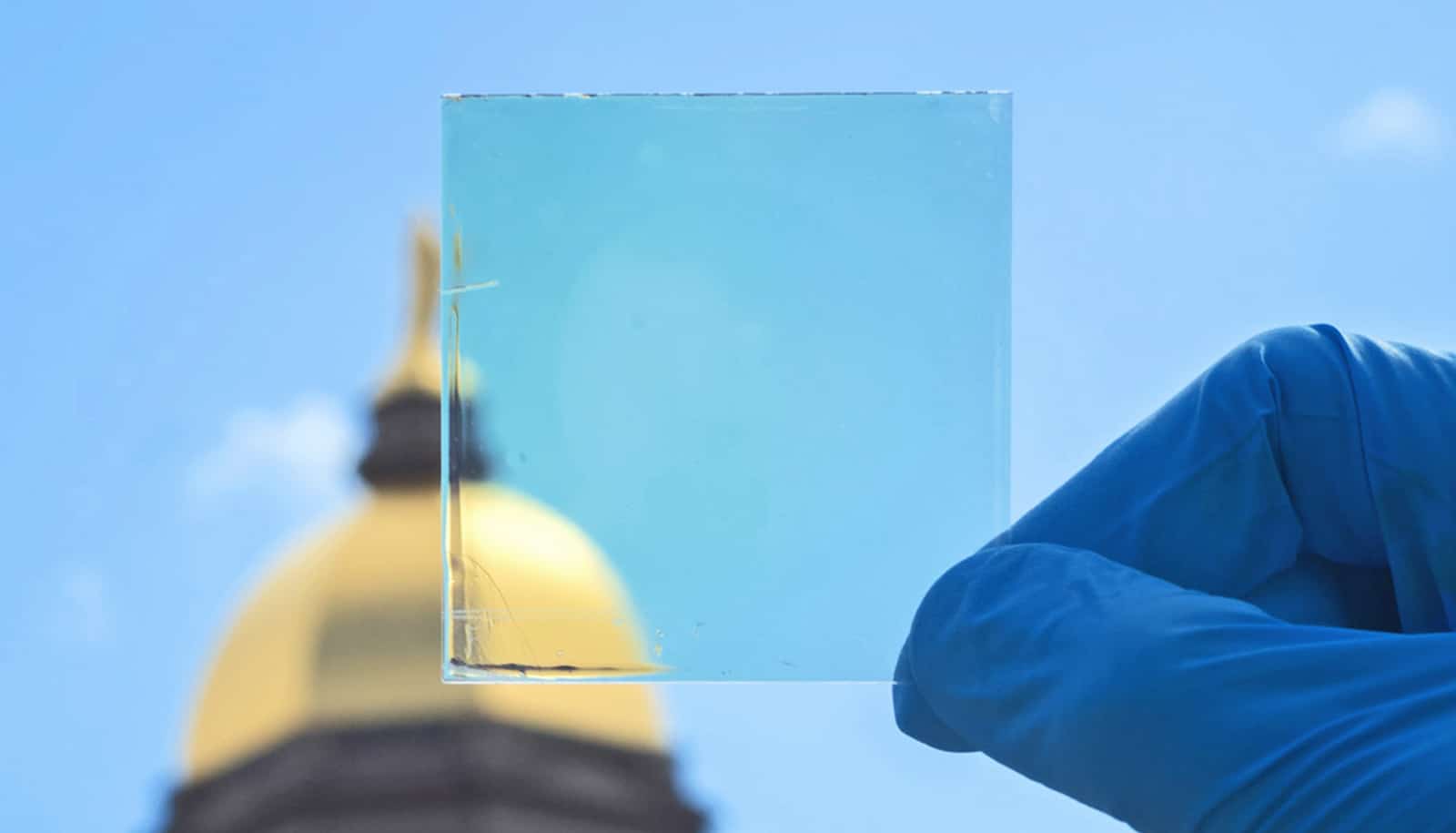Engineers have developed a 4-in-1 smart utilities plant that produces electricity, water, air-conditioning, and heat in an environmentally friendly and cost-effective way.
The eco-friendly system harvests waste energy and is suitable for building clusters and underground cities, especially those in the tropics.
“Currently, significant amount of energy is required for the generation of electricity, water, air-conditioning, and heat. Running four independent processes also result in extensive energy wastage, and such systems take up a huge floor area,” says Ernest Chua, associate professor in the mechanical engineering department at National University of Singapore Faculty of Engineering.
“With our smart plant, these processes are carefully integrated together such that waste energy can be harvested for useful output. Overall, this novel approach could cut energy usage by 25 to 30 percent and the 4-in-1 plant is also less bulky.
“Users can also enjoy cheaper and a more resilient supply of utilities.”
How it works
The smart plant uses natural gas to power micro turbines to produce electricity. Waste heat generated from exhaust gas in the process is efficiently recovered and channeled back to power chillers to produce chilled water, which is required to cool and dry air for air-conditioning.
The plant is also able to recycle non-potable water, such as rain water and water discharged from showers and washbasins, to produce drinking water. Waste heat generated from the plant could also be used to produce hot water or steam.
The quad-generation plant also incorporates a dual-dehumidification system, which the NUS Engineering team designed to increase the efficiency of air-conditioning provision. Using novel super adsorbent materials and membranes, this system removes up to 50 to 60 percent of moisture from air—optimal for human comfort—to enable cooling to take place faster.
Here’s what happens when you overheat
In addition, the system can cool air with water that is chilled to just 13 to 18 degrees Celsius, instead of the usual lower temperature of 4 to 7 degrees Celsius. This contributes significantly to the plant’s overall efficiency as an increase in the temperature of chilled water by 1 degree Celsius translates into energy savings of about 3.5 to 4 percent.
The team also incorporated smart features into the plant, such as real-time tracking of power consumption, and remote control of valves and pumps. This will facilitate evaluation of energy efficiency and optimization of the different processes based on the specific needs of each community of users.
Underground cities
“The quad-generation plant is designed to be a distributed power entity. It is particularly suitable for serving clusters of buildings as well as underground cities, where key resources can be shared to reap economies of scale,” adds Chua.
“As power grids could be vulnerable to national security threats, our smart plant could also serve as a resilient distributed energy resource to continue to provide these essential utilities and minimize disruptions to daily lives.”
The team hopes to explore opportunities to commercialize and test-bed some of their patented technologies that have been developed from this project.
The National Research Foundation Singapore’s Competitive Research Programme supported the work.
Source: National University of Singapore



